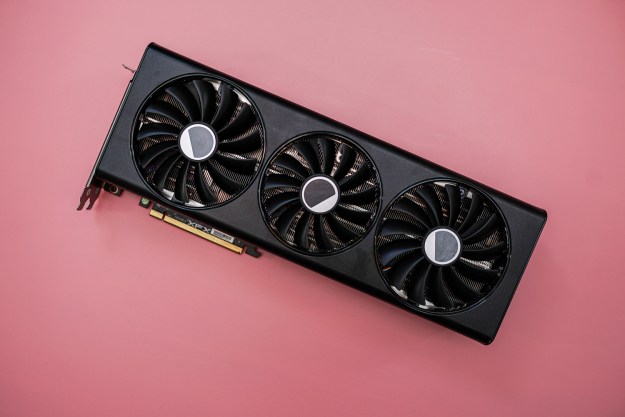Imagine if measuring your glucose levels was as simple as taking a quick glance at your wrist. That’s the promise of continuous glucose monitoring startup Movano, which exited stealth mode on Tuesday with the announcement of a new needle-free wearable that harnesses A.I., machine learning, and the cloud to help people with diabetes and prediabetes (or other interests in being health conscious) check real-time glucose data whenever they need it.
“The traditional method of self-monitoring of blood glucose requires finger sticks multiple times per day to obtain a blood drop to be applied to a test strip inside a blood glucose meter — which is inconvenient, can be painful, and can cause scarring,” Michael Leabman, Movano’s CEO and founder, told Digital Trends. “Because each measurement represents a single blood glucose value at a single point in time, it provides limited information regarding trends in blood glucose levels.”
Continuous glucose monitoring tools (aka CGMs) are less painful; typically requiring the insertion of a plastic, disposable microneedle sensor into the body to measure the glucose levels in interstitial fluid, the fluid that’s found in the space around cells. These can provide real-time data showing trends in glucose numbers. But they’re also expensive and inconvenient, which means that they are not frequently used by the people who can benefit from them the most.

Movano’s forthcoming wearable, which resembles a smartwatch, instead utilizes an onboard radio frequency-powered sensor for gaining these measurements — without drawing blood, the user having to stop what they’re doing, or the need to lug around bulky monitors.
“Our first planned product is currently in the development stage,” Leabman continued. “[We’ve] obtained approval from the FDA’s Institutional Review Board to conduct tests on human subjects. We have conducted preliminary tests thus far, and plan to expand our testing throughout the second half of 2020 and into 2021 — when restrictions put in place from COVID-19 are lifted — to diversify the data we are collecting, enabling us to better optimize our system.”
Hopefully, it won’t be too much longer before Movano’s product hits the marketplace. With an estimated 463 million people worldwide with diabetes, according to the 2019 International Diabetes Federation Atlas, there’s going to be no shortage of potential customers ready and waiting to use it.
Editors' Recommendations
- Way more than watches: Where wearables are going
- Touch ID may turn up next on the Apple Watch, new patent suggests


